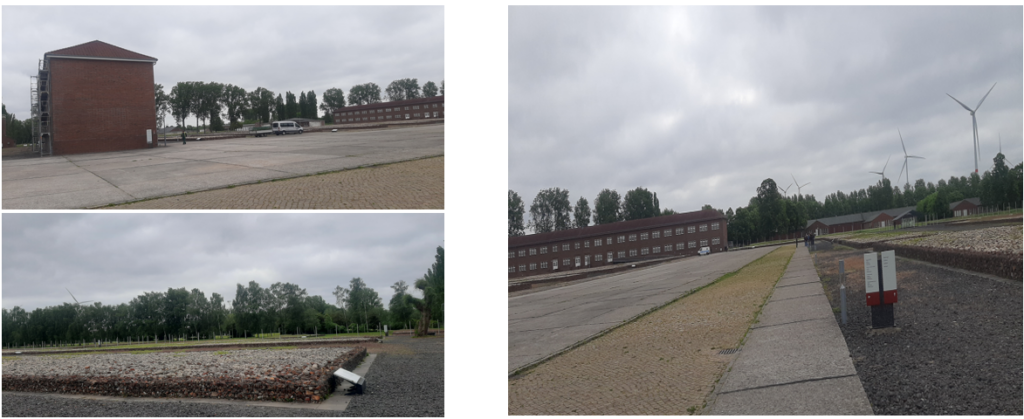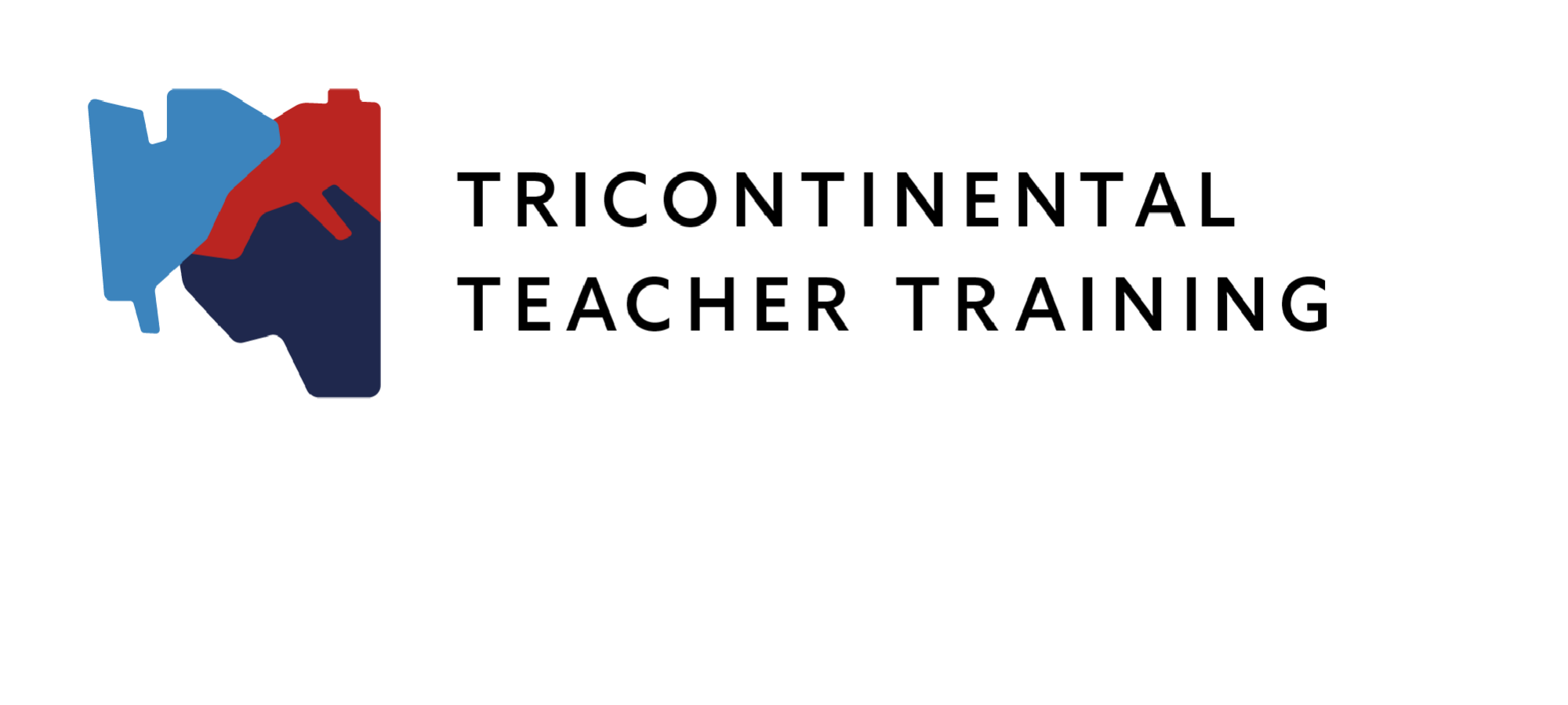During the second week of our stay in Germany, we had numerous opportunities to learn and experience new things. The week was filled with a variety of exciting moments that left us with a deeper understanding of Germany’s history and culture, as well as a greater appreciation for the diversity and inclusivity. We visited Neuengamme, Stadtteilschule Mümmelmannsberg and Berlin with the aim of acquiring a more profound comprehension of the verifiable and social setting of Germany and how it tends to be integrated into teaching and learning.
Visit to Neuengamme

We went to Neuengamme, a former Hamburg concentration camp in the Bergedorf neighborhood, on Thursday, June 1, 2023. In the north of Germany, you will find a location of historical significance. During World War II, the Neuengamme concentration camp was located there. One of the largest Nazi concentration camps, Neuengamme was a significant factor in the systematic persecution and annihilation of various groups by the Nazi regime. The camp was established in 1938 and became a central hub for imprisoning and exploiting political dissidents, Jews, homosexuals, Jehovah’s Witnesses, and other marginalized groups. It expanded over time to include satellite camps, and thousands of prisoners endured unimaginable suffering within its confines.
The visit was an emotional and sobering experience, as we were confronted with the horrors of the Holocaust and the atrocities committed by the Nazi regime. A knowledgeable guide gave us a brief orientation and an overview of the camp’s history and significance, she also led us through the camp’s remaining structures and explained their historical context. We visited the original camp entrance, the prisoner barracks, and the remnants of various buildings. The guide shared stories of the prisoners‘ daily routines, the inhumane treatment they faced, and the tragic events that unfolded within the camp.
The dehumanizing conditions that the prisoners were kept in, such as forced labor and medical experiments, were something that we were able to witness firsthand. We were also given the chance to think about our own emotions and experiences and relate to the victims‘ stories. The visit to Neuengamme filled in as a strong sign of the significance of advancing harmony, and resilience against extremism.

Visit to Stadtteilschule Mümmelmannsberg

On Friday 2nd June 2023, we visited Stadtteilschule Mümmelmannsberg, a Hamburg school that has been at the forefront of promoting diversity and inclusive education. The tour of the school served as the first part of the visit, allowing us to observe the various teaching strategies employed by the teachers to foster a culture of mutual respect. We were able to see firsthand how teachers supported students from a variety of backgrounds and how the school’s curriculum prioritized diversity and inclusion. We also had the opportunity to interact with the students and learn about their experiences and perspectives. We were able to see how the students‘ experiences were shaped by their backgrounds and how the school provided support and resources to help them succeed. According to our student tour guide, the school’s painting was in memory of the owner of the school. Beginning our tour, we first went to the infirmary and then the playground. The classes of the school start from the fifth grade to tenth grade. The international section of the school has learners from other countries and the German language is mostly learnt. The school has different facilities including three libraries (two for students and one for teachers), two music rooms, a special education section, a spacious kitchen, a psychological room (for foreign students), three football pitches of different sizes and a zoo. The visit to the school highlighted the importance of creating safe and inclusive spaces for students and the need to promote diversity and understanding in education.
Trip to Berlin
On Saturday June 3, we again traveled from Hamburg to Berlin for a day trip to explore the history and culture of the city. The trip included visits to several important sites, including the Place of Memorial, the Reichstag, the Holocaust Monuments, and Tempelhof Feld. The trip was designed to provide an opportunity for us to learn about the history and culture of Germany and to deepen our understanding of issues related to human rights and social justice. The first stop on the trip was the Place of Memorial, a site dedicated to the memory of the victims of the Holocaust. As we walked through the site, there were the stories of the victims. Each one tells a unique story of the Holocaust. Some of the pieces were abstract, while others were more literal, depicting the horrors of the concentration camps and the suffering of the Jewish people. We then visited the Reichstag, the historic building that houses the German parliament. The building has a rich history, having been destroyed and rebuilt several times over the course of the 20th century. We were given a tour of the building, including the famous glass dome that sits atop the structure. The dome provides a panoramic view of the city and is an impressive architectural feat. We learned about the history of the Reichstag, including its role in World War II and the Cold War. We also learned about the current workings of the German parliament and the importance of democratic institutions in modern society.

The next stop on the trip was the Holocaust Monuments, a collection of memorials and museums dedicated to the memory of the Holocaust. We visited several sites, including the Jewish Museum, the Memorial to the Murdered Jews of Europe, and the Topography of Terror Museum. At the Jewish Museum, we explored the history and culture of Jewish life in Germany and learned about the contributions of Jewish people to German society. We also learned about the persecution and discrimination faced by Jewish people during the Holocaust and the importance of celebrating diversity and promoting social justice. At the Memorial to the Murdered Jews of Europe, we saw the iconic field of concrete slabs, which is meant to symbolize the enormity of the loss of life during the Holocaust. The final stop on the outing was Tempelhof Feld, a previous air terminal that has been changed into a recreational area. With a variety of outdoor events and activities, the park is a popular destination for both locals and tourists. While taking in the sounds and sights of the city, we spent some time exploring the park. Additionally, we had the chance to discuss the significance of promoting social justice and human rights in our work as educators and reflect on the lessons we had learned throughout the day.
Overall, the second week was an enriching and transformative experience for the TTT participants. The visit to Neuengamme served as a stark reminder of the importance of promoting peace and tolerance, while the visit to Stadtteilschule Mümmelmannsberg highlighted the importance of creating safe and inclusive spaces for students. The visit to Berlin provided participants a deeper comprehension of Germany’s history and culture, as well as the significance of fostering tolerance and diversity in education and society as a whole.
Gallery

THANK YOU!
Thomas and Philipa
